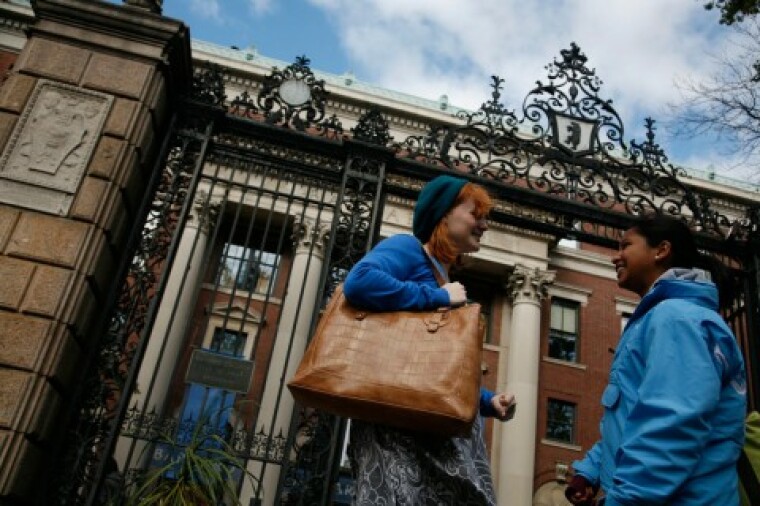Leading women's colleges now admit transgender students

NEW YORK (Christian Examiner) – Being physically female is now no longer a necessary qualification to attend a women's college.
On June 4 Barnard College became the latest of the prominent women's colleges to announce a policy allowing the admission of transgender students. All five of the remaining women-only colleges out of the original "Seven Sisters" association now provide for transgender students in their admissions requirements.
Barnard President Deborah L. Spar said that after hearing the stories of trans students, she began interrogating the college's admissions standards. "I think once you understand the human dimension of this, you want to do the right thing. The harder question then is, what is the right thing?"
After a year of public forums and debate, Barnard now accepts applicants who "consistently live and identify as women, regardless of the gender assigned to them at birth." Those excluded are men, transgender men, and students identifying as neither gender at the time of application.
Students who decide to transition to male after admission may continue to attend.
The positions of other leading women's colleges are even more inclusive. The only individuals not considered for application by the Massachusetts college Mount Holyoke are those whose birth sex is male and who identify as male. Both trans men and trans women may apply.
Regarding transgender applicants, Lynn Pasquerella, the president of Mount Holyoke, said: "If you have grown up as biologically female, you are subject to the kind of sexism and oppressive forces brought to bear as a result of your biology. When you identify as male, you don't automatically become privileged because of that."
These new policies follow the highly publicized rejection of transgender student Calliope Wong in 2013, who was not considered for admission to Smith College because her gender assignment on a financial aid application was male.
Wong argued that the college's admissions practices were discriminatory and unfair. "I feel that change is always difficult, however, in order for a transgender woman to be accepted and included. Though it might be difficult for some students, their discomfort does not come before my right to be fairly reviewed."
Smith has since revised its admissions qualifications and matches Mount Holyoke in openness.
Some problems that these colleges may face include issues regarding housing—where and with whom may trans men reside, for example? — which lead in turn to questions of discrimination outside of the discussion of admission.
Since transgender students are lately included under guidance in Title IX by the Department of Education, women's colleges must address further questions about protecting transgender students from discrimination. Title IX is also strongly tied to federal funding, which is jeopardized if women's colleges admit men.
Most women's colleges have elected not to opine about the definition of gender, allowing students to self-identify. From Barnard's view, its goal is to educate, not to define: "One of the ideas behind gender justice is that people should be free to determine their gender identity and expression."
Faculty, students, and communities have mixed opinions about this shift. Barnard student Daniella J. Greenbaum wrote that women's colleges "should resist the pressure to change their identities because people in the trans community have changed theirs." They should continue to provide a unique educational space for women, as they have always done.
On other hand, statistics from the Women's College Coalition show that in the last 50 years, the number of women's colleges has decreased by 80 percent, from 230 to 46. With enrollment and retention at such a high risk, women's colleges might seek just such an identity change as Greenbaum describes.